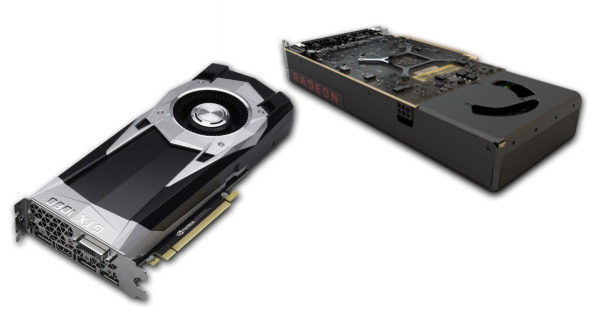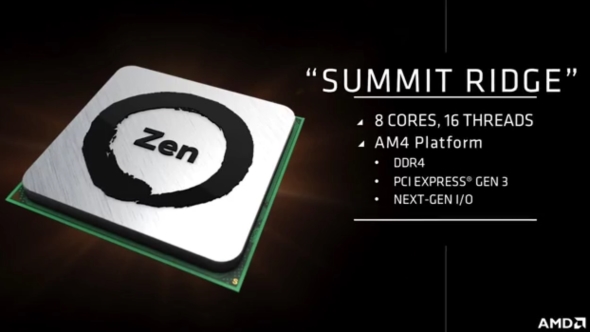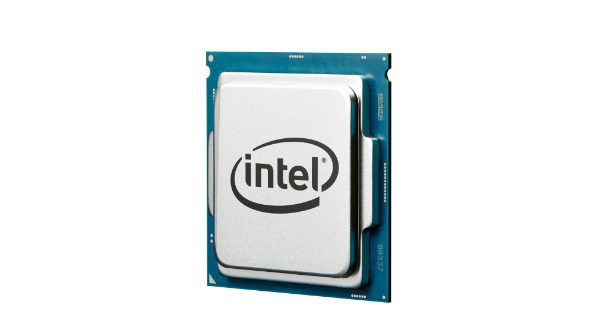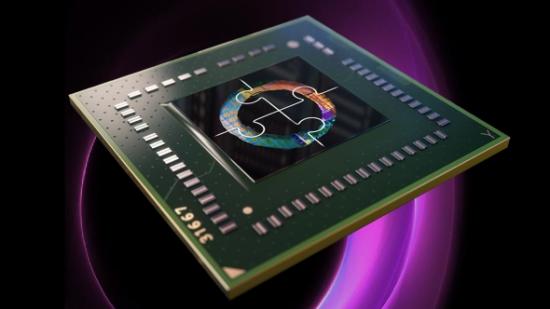There’s a real feeling we’re on the cusp of something we’ve not had in PC gaming hardware for a long while: genuine competition. AMD are back. But they don’t need to actually beat Intel or Nvidia to win back the hearts of our gaming rigs, they just need to be competitive enough to swallow up the underdog protest votes.
Read more: we’ve got the full lowdown on the upcoming AMD Zen CPUs.
AMD have been keeping in touch with Nvidia on the graphics front, despite the fact the last few generations have seen the green team dominate in terms of both performance and in market share. As their new Polaris graphics cards have launched, and with their high-end Vega GPUs potentially taking on the very best of GeForce, AMD have announced their first rise in graphics card market share in four years.
In the wake of the Polaris-based cards releasing, AMD’s Q2 numbers show that market share (by unit volume) has risen to 34.2% with regards to total discrete graphics. It’s an impressive bump, but the fact they’ve arrested and reverseda steady decline is even more important.
Nvidia still have a massive market share – and top our pick of the best video cards around – but AMD have been able to stay close enough to their rivals to keep them pushing GPU technology with every new generation of graphics card.

But on the CPU side of the business AMD have been so far adrift of their processing rivals that Intel have just been able to laze about, kicking their heels for years, releasing barely iterative performance improvements with successive CPU generations and sticking resolutely to four cores for their mainstream products.
Enter Zen. A brand new processor design which has thrown out pretty much all the missteps the company took with their Bulldozer CPUs. Those chips were supposed to be the processors to bring AMD into competition again with Intel, back in 2011, after the Core architecture pulled ahead of AMD’s Phenom chips. Only Bulldozer fell flat, putting all its eggs in the multi-threading basket, gambling that would offset its relatively low single-core performance compared with Intel’s Core design.
Fast forward five years and the AMD Zen architecture is promising to deliver both a surfeit of cores and threads as well as the serious single core performance necessary for both last-gen, current and future game engines.
We’ve seen a whole lot of leaked and official benchmark numbers. All have been specially selected to make the new AMD chips look as good as possible, and we won’t know exactly how competitive the AMD Zen CPUs are when put up against their Intel Kaby Lake rivals until we get the final silicon from both camps into our test bench.
But AMD doesn’t need to beat Intel in the benchmarks to deliver them a bloody nose.

There is such a huge appetite for genuine competition in the PC gaming world that AMD will get a whole lot of the protest votes from people looking to build and buy a new gaming PC who don’t want to be forced down the Intel route. The underdog syndrome alone would be enough for gamers to flock towards AMD should Zen be able to deliver the same gaming performance from a given graphics card as Intel’s chips can. But with Zen potentially offering the sort of processor performance to take on even Intel’s latest high-performance computing (HPC) chips in a straight core vs core challenge it’s not just going to be just the contrary public who jump on board the good ship AMD.
There is also the frustration of PC gamers long having to buy an Intel CPU no matter how they feel about their alleged historic anti-competitive practices simply because there was no real alternative. It’s not a question of AMD fanboys vs. Intel fanboys, it’s a question of genuine choice.

The likelihood is that Intel will still be able to deliver processor performance that’s faster than AMD’s Zen CPUs – they’ve got the scale and technology to be able to drop a lightning fast six-core into their mainstream range if they needed to – and Nvidia’s got a tangible lead in graphics performance which is liable to remain in place too. But the thing is that it doesn’t matter if AMD is a little behind the big boys, if they can claw back market share in both the CPU and GPU world the momentum that generates could seriously change the hardware landscape of the future.
And we all benefit if there is fierce but fair competition between the main component manufacturers in the PC world. Even if you’re a card-carrying Intel fan, with AMD pushing the big blue chip maker, it will force them to work harder to maintain their lead, and that’s only going to make our gaming PCs that much better.
Is AMD going to get your vote when their high-end CPUs and GPUs roll around or are you sticking with Intel and Nvidia? Let us know what you think.
